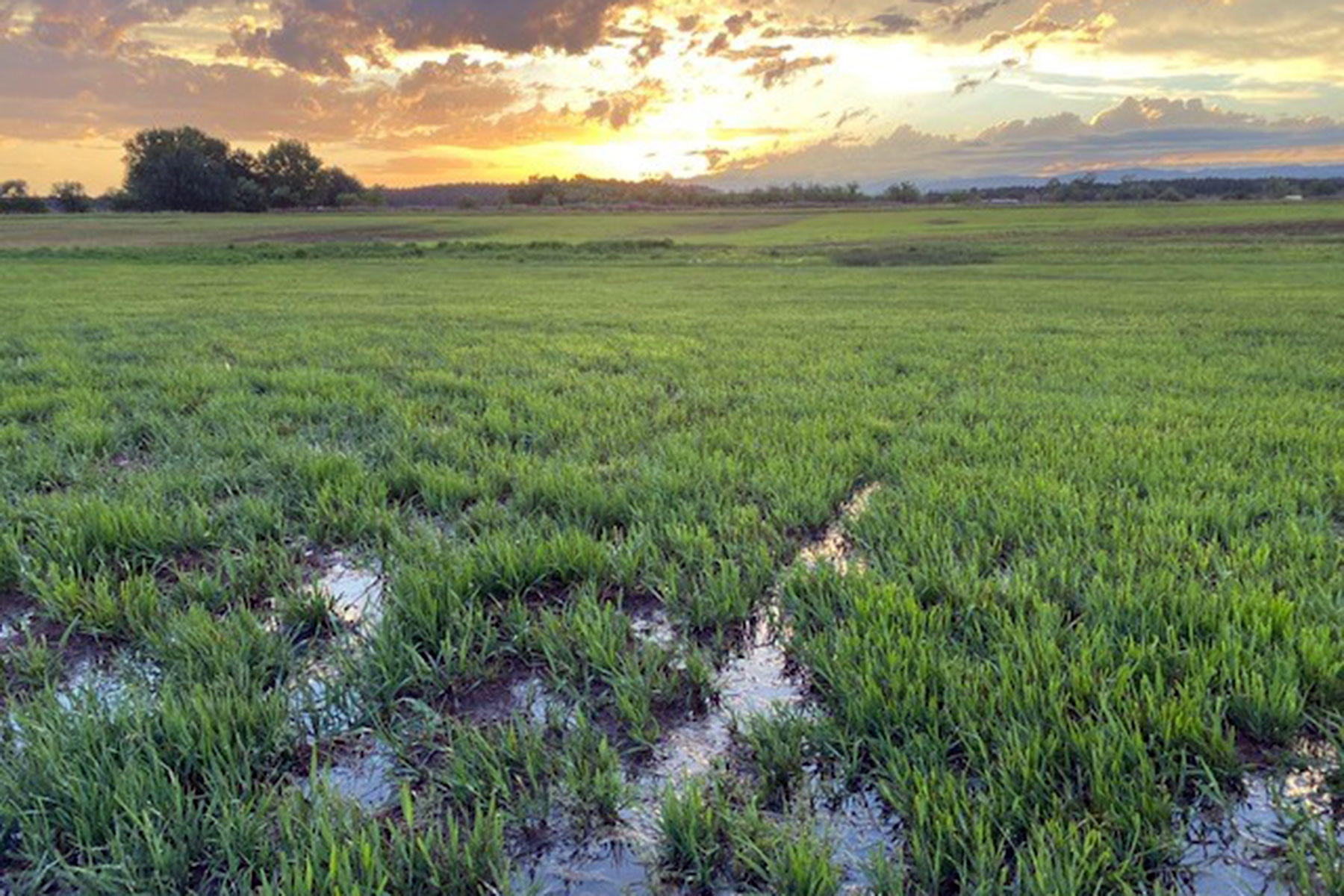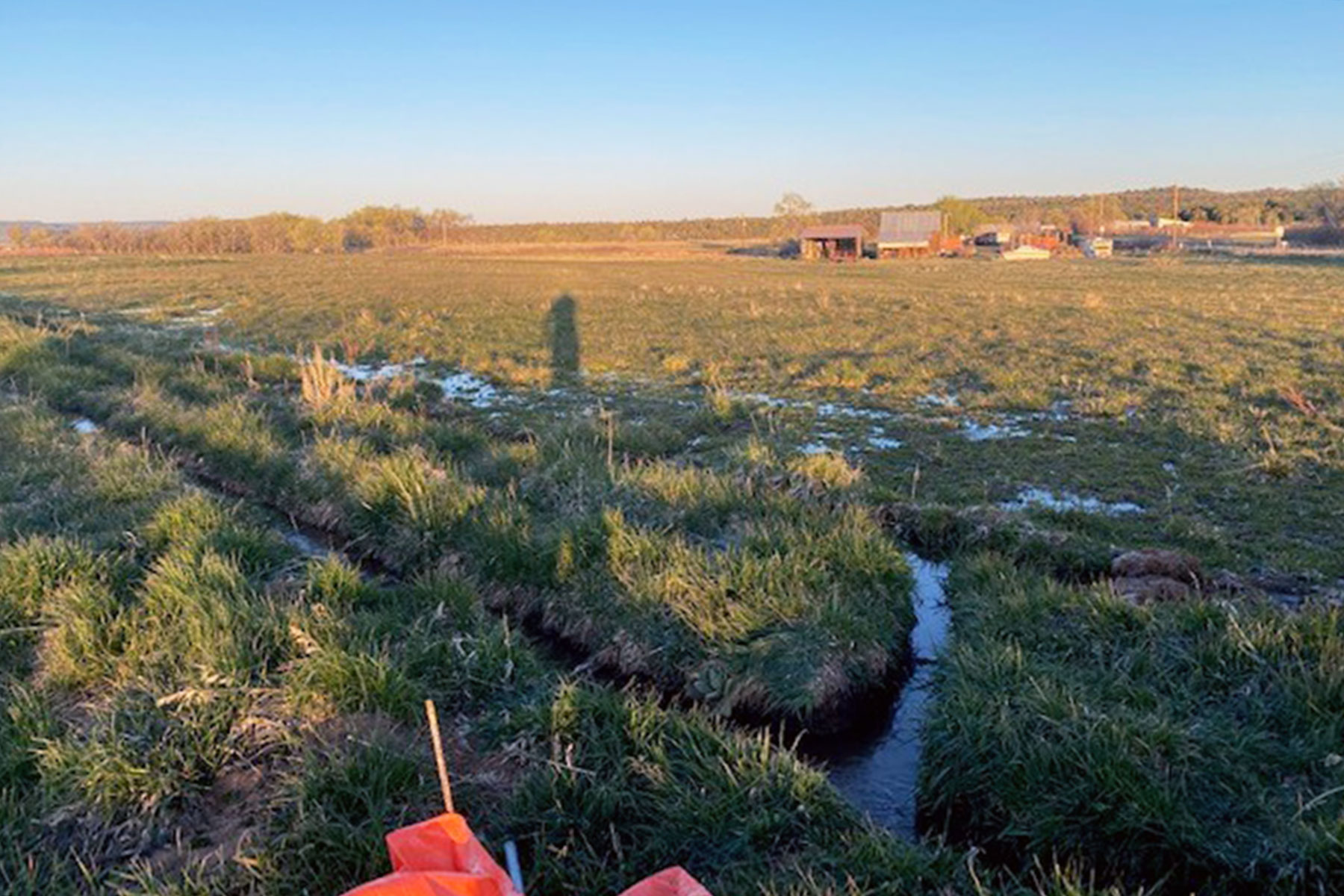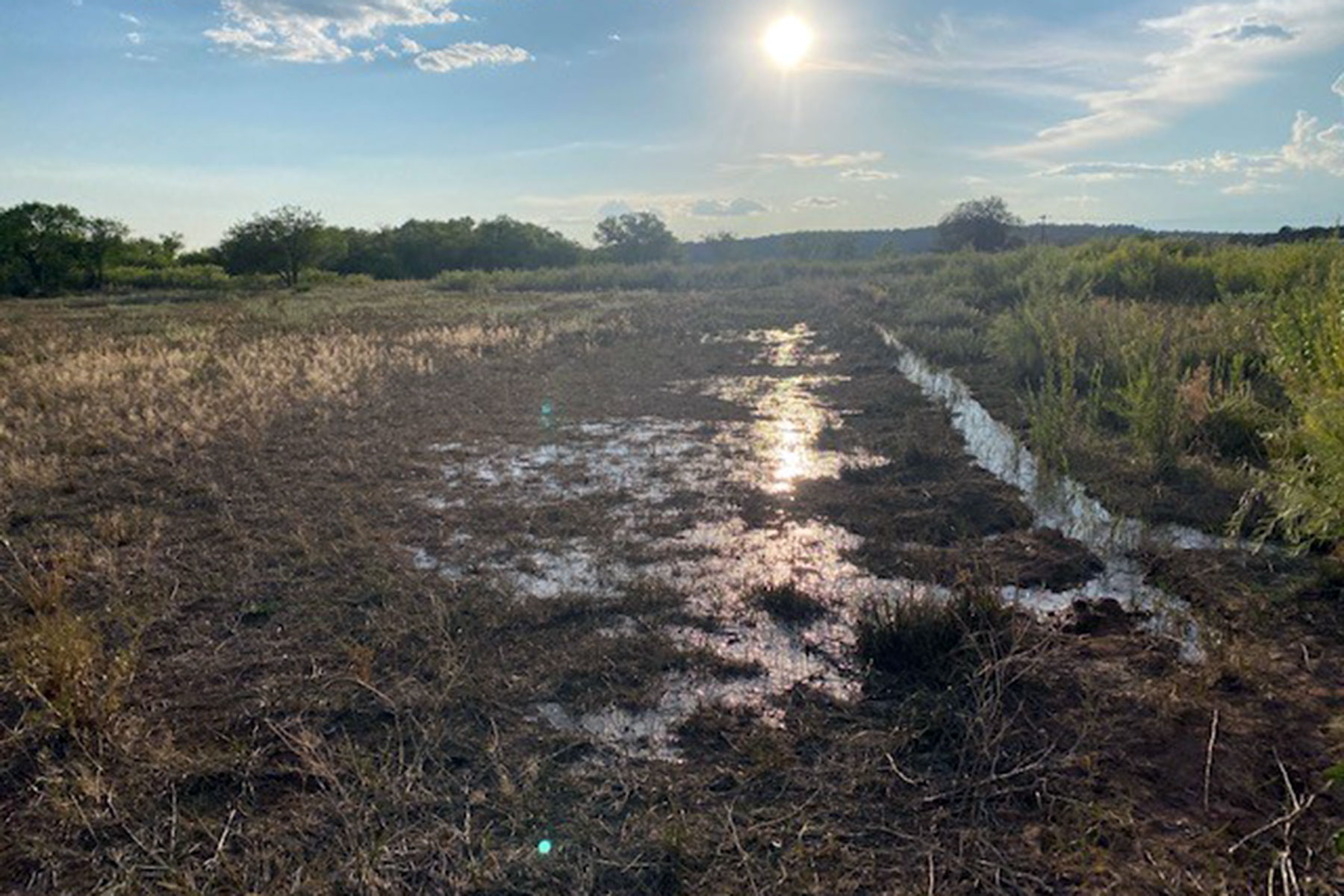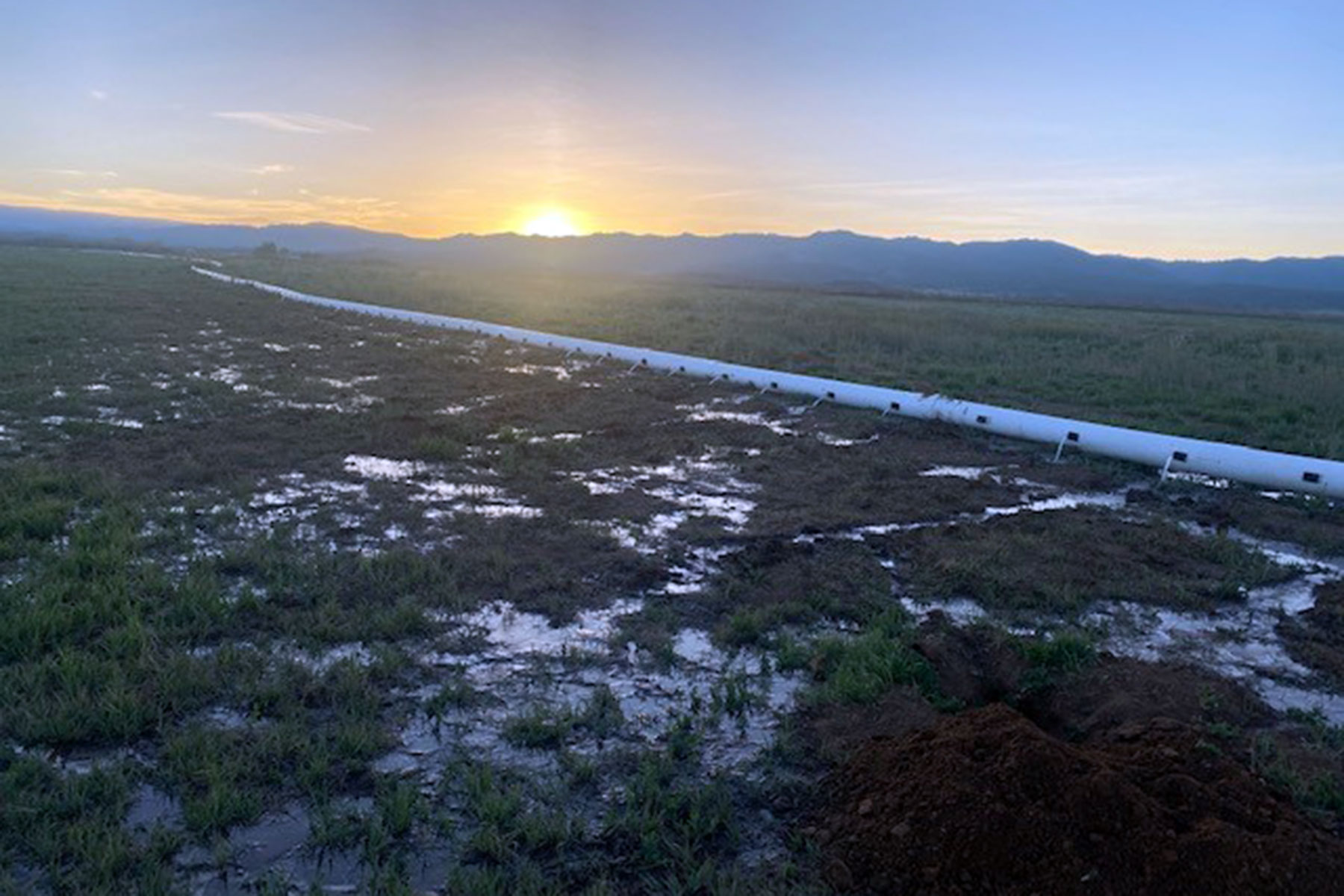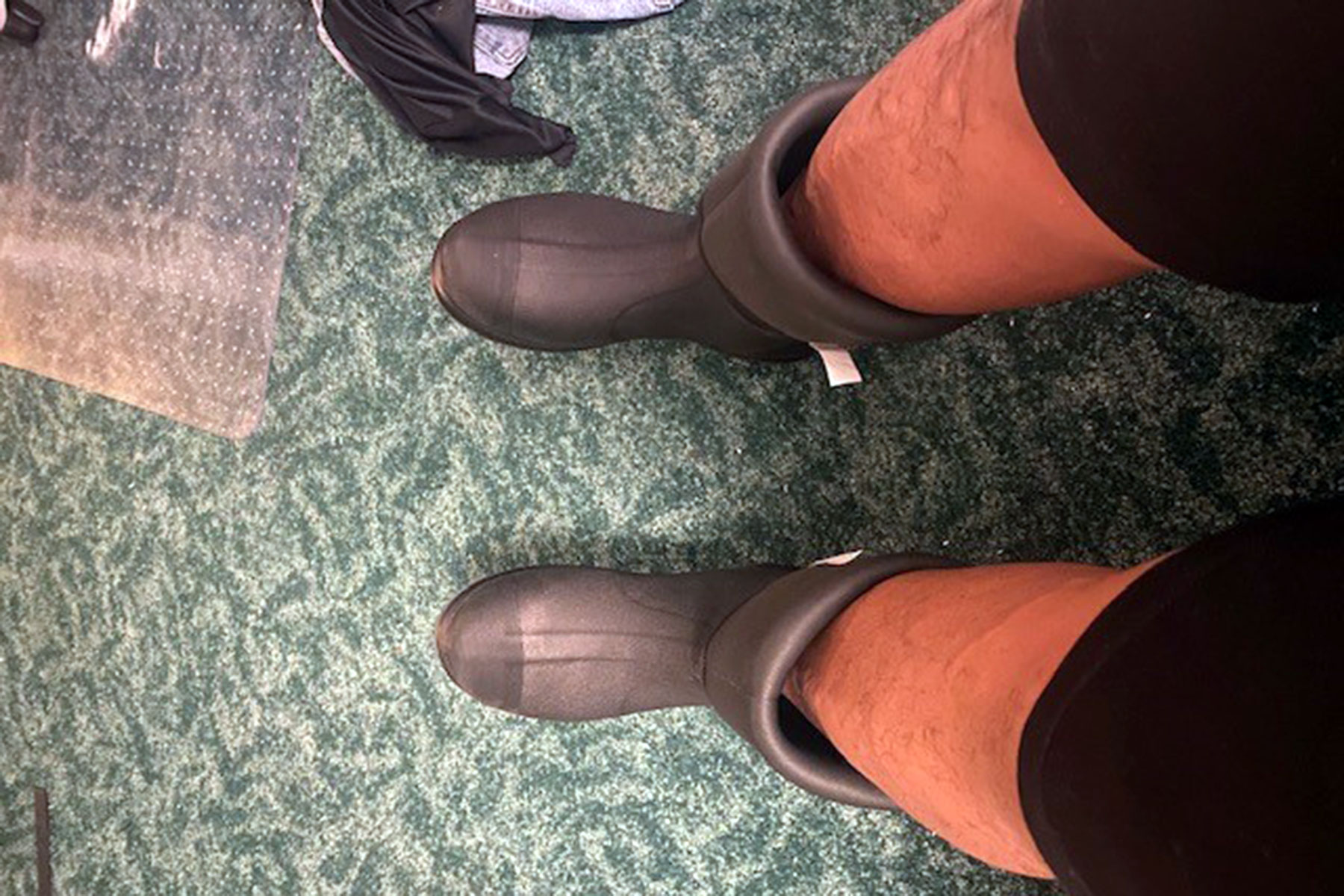Water Part II: Balance
Cool Weather Grass
In part I of talking about water, we talked about hoping for rain. As a safety net, we also covered irrigation and how we purchase water for the year. The hope is to get water turned on as quickly as possible. All farmers hope that water will be available for irrigation as soon as April (pending weather that is favorable through the winter). Optimistic talk also hopes that the water will remain available into October. Both options will extend the grow season but not in ways that you might think. You see, most hay that is raised in this area is considered “cool season grass”. Growing up, I always thought that grass started growing when you start watering it and ends with the last cutting somewhere around August. I am only now starting to understand the seasons of warm weather and cool weather grass. Brome, Timothy, and Orchard grass are cool weather grasses. These are also the primary content of hay bales in the area. Cool weather grass tends to flourish during the spring. Ideally, the grass is in its peak between temperatures of 60 – 80 degrees. As temperatures rise in the summer, the grass stunts its growth. Farmers talk about getting two or three cuts per yield off their field, but the distribution of growth is very lopsided toward the months of May and September. Many fall to the assumption that hot weather helps grass grow. This is true, but just not as true for cool weather grass. First cut seems to come at the end of June or the first week of July. First cut also brings in the bulk of yield for the year at 60% or more of the year total. In the hot summer months, we are merely keeping the fields hydrated and waiting for the lower temperatures of late August and early September. July and August see very little growth from the field. One could even say that these are frustrating months because we are feeding our sleeping fields. Let’s just focus on the idea that May and September are peak seasons for hay growth.
Inflation
Wise hay customers keep track of pricing from multiple outlets in search of the best price. Price is determined by the cost of the inputs, labor, fuel, processing, tractoring, maintenance, and logistics. The factors are quite lengthy, but for the purposes of this article, we’ll simplify it to these major costs. This year, we have seen a drastic increase in all these areas. Current prices of grass hay have risen to the range of $14-$17 per bale based on the increase of costs. Demand has surpassed supply and prices also rise when available units are so scarce. This puts a burden on the customer and the farmer. Communication on the specific reasons behind pricing help to keep tempers and anxiety down. The other factor to consider is water.
Water
In a previous article, I mentioned that April and May were extremely dry this year. I can only recall one small rainstorm that left less than 1/10th of an inch of rain. Every day was windy. I recall that it was windy for five weeks straight. This means that we had a very hard spring. Drought was the buzzword left from last year and it continued straight into 2022. I’m big on getting advice and doing comparisons of YouTube farm channels. This year, most of these channels replicate the same message: Drought. We are seeing ranchers thinning out their herd due to heat exhaustion and health issues. Forage is scarce. Grazing pasture is dried up with no sight of rain on the horizon. Baled hay is in high demand and supplies are meek. I watched on one YouTube channel, an auction company had over a mile of livestock trailers waiting to be unloaded in Texas. Ranchers don’t have the resources to feed their herds and hard decisions are being made. This might lower the price of beef in the short run, but the demand for calves and cow/calf pairs will drastically increase whenever this drought lifts. Water is the deciding factor in all of this. Excess heat with no hydration for either animals or plants has made for an unforgiving livestock year.
- Minimize investments & infrastructure: High prices are affecting everything. Be mindful of whether now is a good time to start an expensive expansion or venture. There are no guarantees that prices will come down any time soon, so you may have to bite the bullet if time is a crucial factor. You will have to come to peace with the decisions you make but try to buckle up for the long run and keep unnecessary projects to a minimum.
- Stay optimistic and stay the course: It is easy to let the negative take over on any given day. Think of all the positive changes that have occurred since last year. We cannot control the weather but the experiences we gain from going through tough times will only make us more resilient. Networking is key. Find people who you can partner with. Money isn’t the only thing that can be traded.
- Know your product, know your customer: Now that I know I have cool season grass and when it grows, I can leverage my harvest. I now know when to cut hay and how much to expect based on weather and watering. Just like the customer, we will have to tighten our belts when budgeting for supplies. Get to know what type of customers are looking for your specific offerings. It also doesn’t hurt to ask them what they would like to see come from your farm or ranch. Be invested in their success and they will likely want to stay the course with you, even through tough times.

